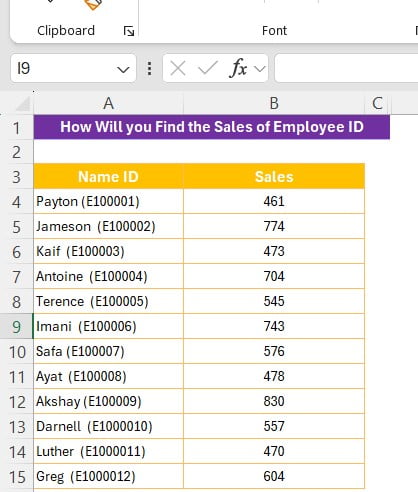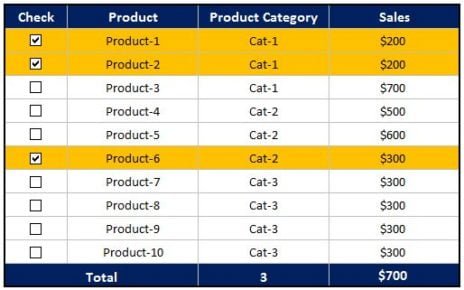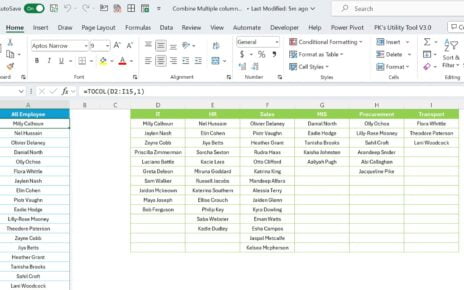In today’s guide, we’ll dive into How to use Wildcard in VLOOKUP with Sales Example function in Excel. This technique is especially handy when you’re dealing with partial data entries. Imagine you only know a fragment of an Employee ID but need to fetch the corresponding sales numbers—wildcards make this possible!
What You Need to Know About Your Data
Let’s set the stage with your data structure:
- Column 1 (Name ID): This can be found from A3 to A15.
- Column 2 (Sales): This stretches from B3 to B15.
Wildcard in VLOOKUP with Sales Example

Our example includes a mix of Employee IDs wrapped within descriptions and their related sales figures.
The Magic of Wildcard in VLOOKUP
Wildcards in Excel are like secret agents that can match any sequence of characters, making them incredibly useful for searches where exact details might escape you.
How to Apply the Wildcard Magic
Here’s the spell you cast to make Excel do your bidding:
=VLOOKUP(“*” & A18 & “*”, A3:B15, 2, FALSE)
- “” & A18 & ““: This formula piece creatively surrounds the value in cell A18 with wildcards. It tells Excel, “Hey, match anything that contains this piece of text, no matter what else is around it!”
- A3:B15 : This is the domain of your search, the range where Excel looks for your query.
- 2: This number points Excel to the column that holds the treasure—the Sales figures.
- FALSE: This part ensures Excel is precise in its quest, matching the pattern exactly as described.
Example in Action
Suppose cell A18 whispers part of an ID—say E100002. Excel, armed with your formula, will smartly retrieve:

Change A18 to any part of other IDs like E100005 or E1000010, and watch as Excel fetches the corresponding figures effortlessly.
Why This Matters: The Advantages
Using wildcards with VLOOKUP boosts your data handling capabilities significantly:
- Flexibility: No need to know full IDs; partial ones will do.
- Efficiency: Save time by avoiding manual searches through rows of data.
- Accuracy: Reduce errors by letting Excel do the precise matching for you.
Wrapping Up
By now, you’ve seen how wildcards can transform the way you interact with data in Excel. This isn’t just about making your work easier—it’s about making it more effective. Whether you’re a data analyst, an office manager, or just someone trying to make sense of a sea of numbers, mastering this skill can elevate your Excel game to new heights. So, go ahead, give it a try, and watch as those partial IDs reveal their secrets!
Visit our YouTube channel to learn step-by-step video tutorials
Click hare to download the practice file for Wildcard in VLOOKUP with Sales Example.



